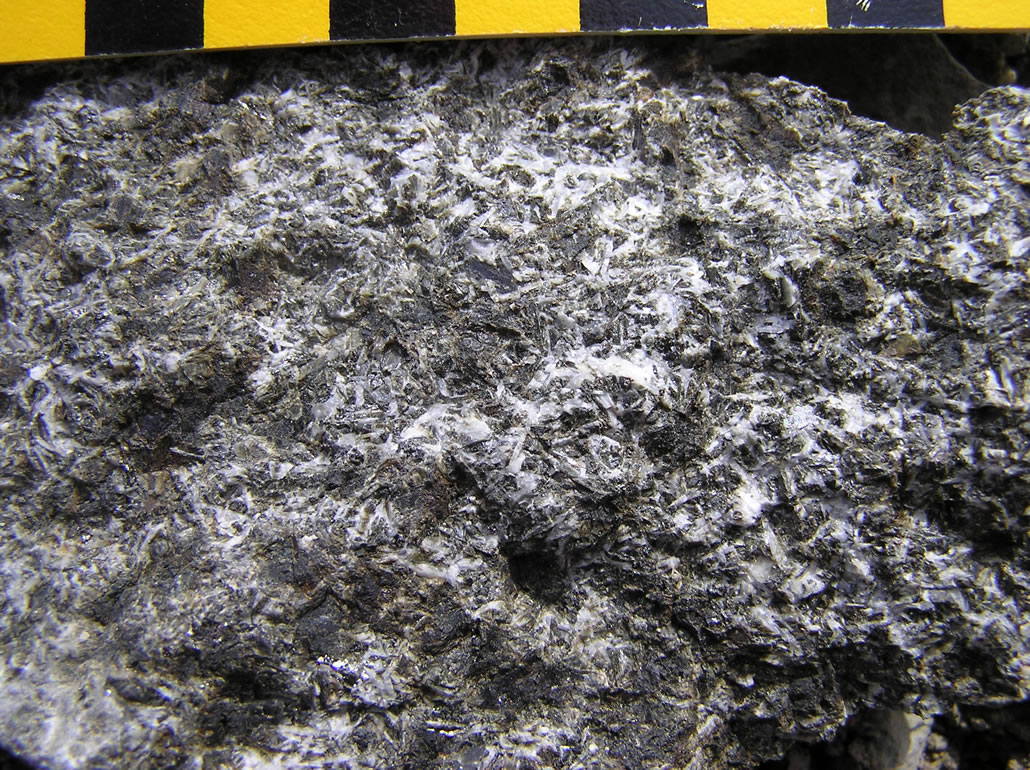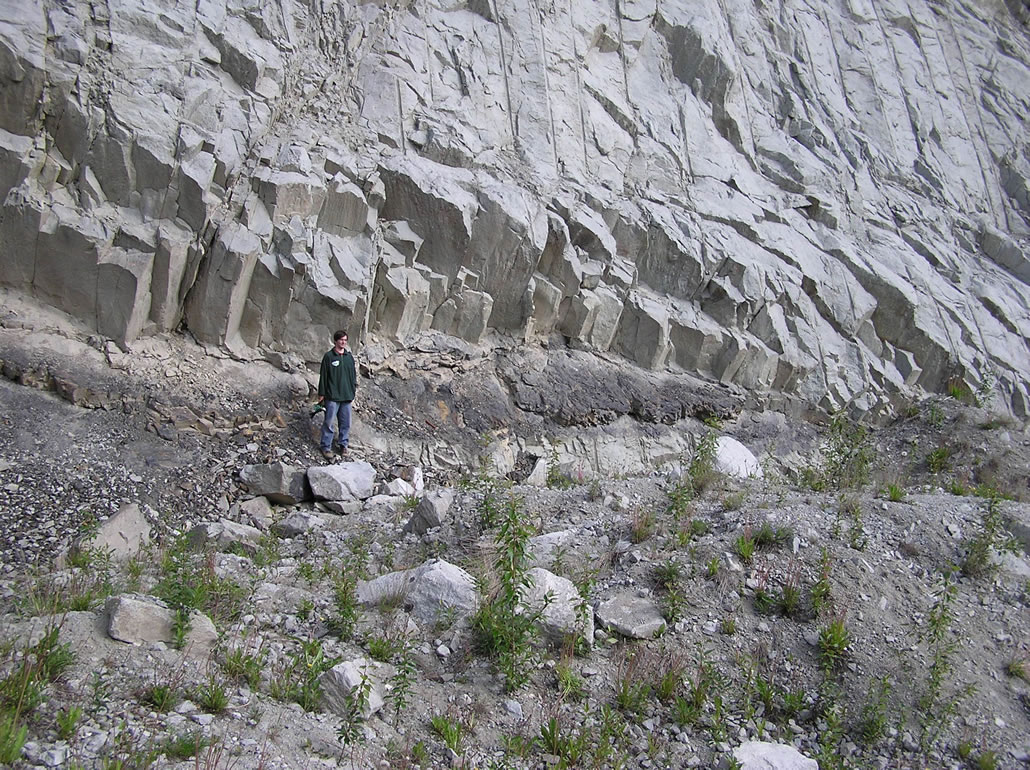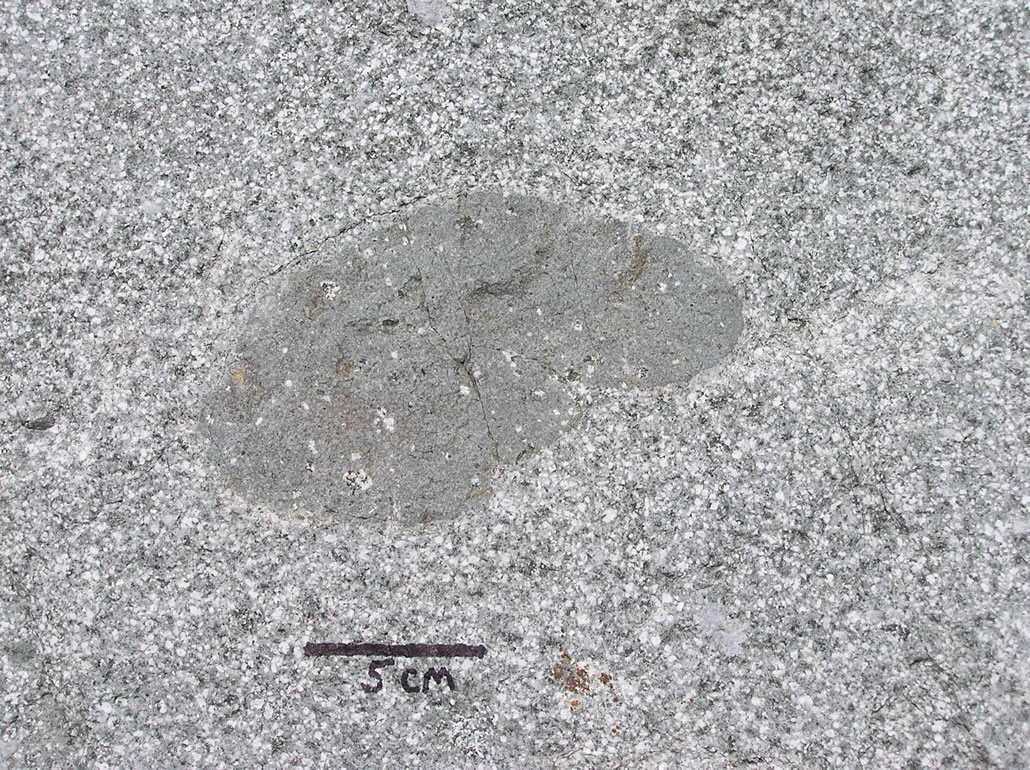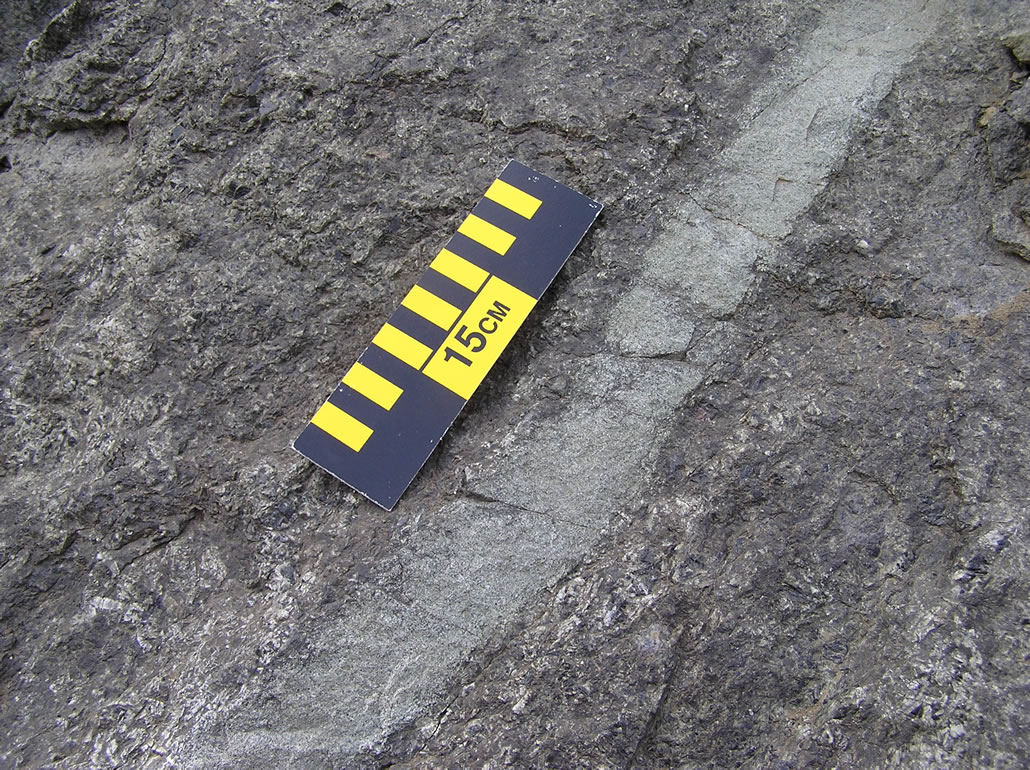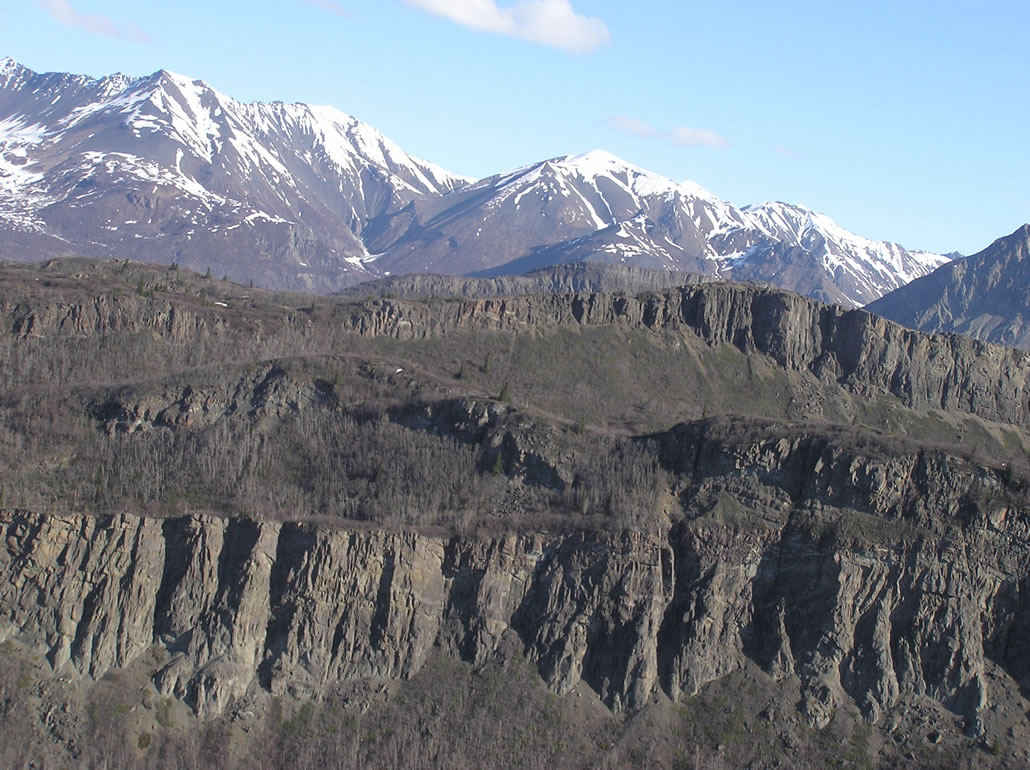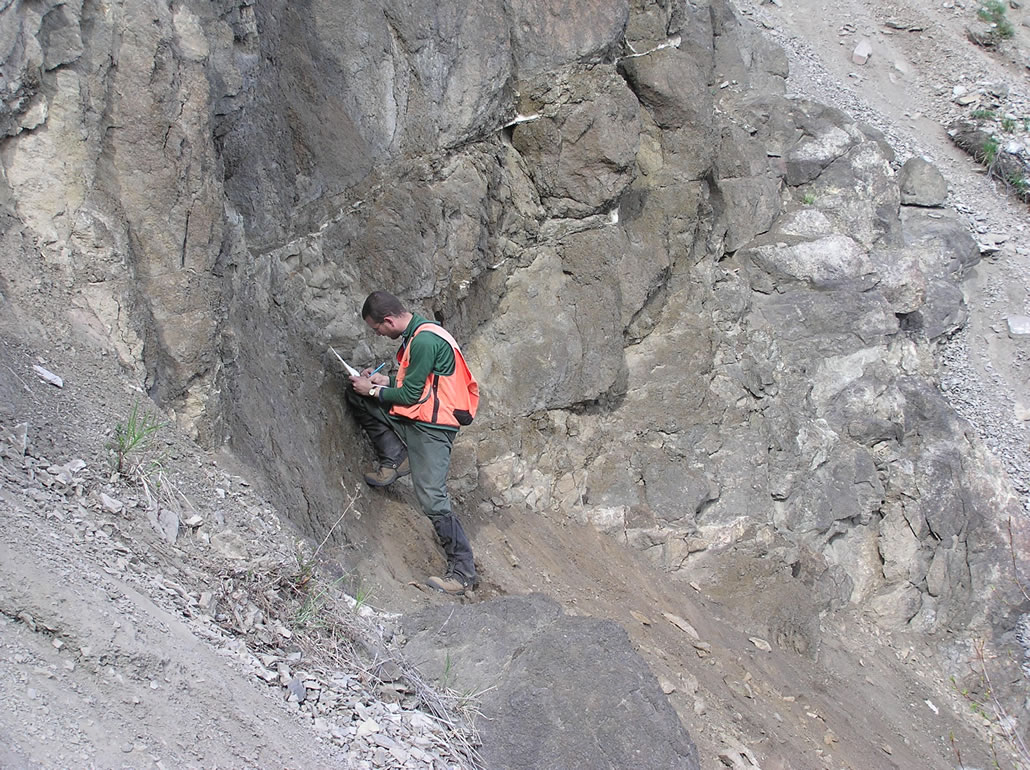Project Synopsis
Collaborators:
Dr. Sun-Lin Chung, National Taiwan University — major, trace, and isotope geochemistry
This is a new study on a series of shallow intrusions in the Matanuska Valley region of south-central Alaska. The first season of field work was in May 2006 and a set of pilot samples are being analyzed for major and trace elements and Nd-Sr-Pb isotopes during 2006-2007. The Matanuska Valley region contains Mesozoic forearc basin deposits that were shed from the adjacent Talkeetna and/or Chitina arcs (for details see Trop et al. 2002, GSA Bulletin, v. 114, p. 693-717). By the end of Paleocene time there was a lull in arc magmatism along the southern Alaska margin and so the Matanuska Valley region by this time was a remnant forearc basin. During Paleogene time the Matanuska Valley remnant forearc basin was filled with clastic sediment derived from the Chugach Mountains to the south and the southern Talkeetna Mountains to the north. Intruding the Mesozoic through Paleogene rocks of the Matanuska Valley are basalt-andesite sills that are 100’s m thick and km-scale dacite-rhyolite plugs. The basalts contain olivine and clinopyroxene, are tholeiitic, and some samples show evidence that they are not highly evolved (Cr, Ni, and Mg# up to 346 ppm, 305 ppm, and .59, respectively). Most basalt samples are similar to or are more depleted than mid-ocean ridge basalts in the light rare earth elements (average La/Nd is 0.45 compared to 0.3 to 0.6 for MORB) and among other incompatible (Ba, Rb, K) to compatible (Zr, Ti) elements. Some basalt samples are, however, enriched in Rb, Ba, Th, K, and Pb. The felsic samples are subalkalic and also have low La/Nd ratios (0.25 to 0.74) but are uniformly enriched in the incompatible elements (Rb, Ba, Th, K) when normalized to MORB.
The basalts were derived from a depleted mantle source. The high Ba and Pb in some basalt samples might be indicative of a metasomatised source but several observations show that these intrusions were not formed as part of an arc magmatic system above an actively dewatering slab. First, there is not a uniform decoupling of large ion lithophile elements (Ba) from high field strength elements (Nb, Zr); some basalt and even some rhyolite samples have low Ba/Nb, Ba/Zr, and Pb/Zr ratios in the range of MORB. Also, the basalt-basaltic andesites range to higher TiO2 than is typical for arc rocks (>1.5%). Finally, the intrusions were emplaced in a near-trench setting (within a remnant forearc basin) during a hiatus in nearby arc magmatism.
One hypothesis for the Matanuska Valley intrusions is that their magmas were derived from a slab window that formed during Late Paleocene spreading ridge subduction beneath southern Alaska. The parental magmas could have originated from suboceanic depleted mantle and became contaminated with fluid-mobile elements (Ba, Pb) from forearc crustal rocks. There is, however, a difference between the timing of ridge subduction (~55 Ma) and available ages of the intrusions (~46 Ma). This difference could indicate that the parental magmas resided beneath southern Alaska for ~10 Ma before emplacement or could indicate that the slab window was not the source for the intrusions. Our goal is to understand the origin of the Matanuska Valley intrusions and to use these intrusions to help test various tectonic models for southern Alaska.
